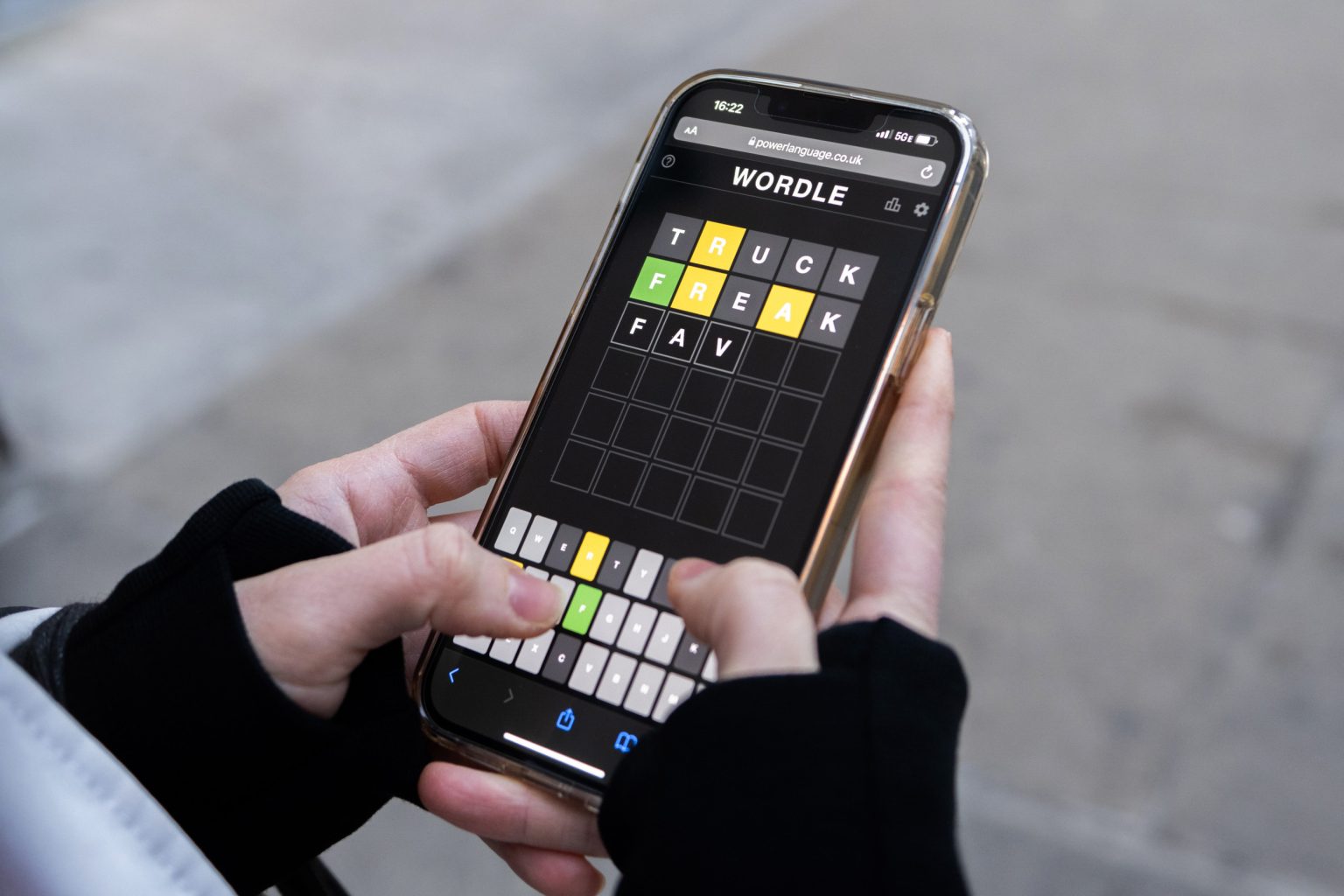Wordle, a seemingly simple word puzzle, has taken the world by storm, captivating millions with its daily challenge. Its origins are surprisingly modest, born from the mind of software developer Josh Wardle during the height of the COVID-19 pandemic. Initially designed as a private pastime for himself and his partner, Wordle’s addictive nature quickly became evident, prompting Wardle to share his creation with the world in October 2021. The game’s elegant design, combining elements of luck, logic, and linguistic deduction, resonated with a global audience, sparking daily discussions and shared strategies across social media platforms. The phenomenon culminated in Wordle’s acquisition by The New York Times in January 2022, a testament to its widespread appeal, although it thankfully remains freely accessible to players.
The game’s mechanics are deceptively simple: players have six attempts to guess a five-letter word, receiving feedback after each guess. Green tiles indicate a correctly placed letter, yellow tiles signify a correct letter in the wrong position, and gray tiles eliminate incorrect letters. This straightforward structure belies the underlying strategic depth, requiring players to carefully consider their guesses and utilize the feedback effectively. The initial word choice is crucial, as it sets the stage for subsequent deductions. Experts, such as applied linguistics professor Erhan Aslan, recommend prioritizing words containing common vowels and consonants, maximizing the potential for early reveals and narrowing down possibilities. Starting with less frequent letters like Q, Z, J, or X, while tempting for their novelty, often proves less fruitful in the long run.
As the game progresses and more feedback is gathered, players must draw upon their knowledge of phonics and word structure to refine their guesses. Identifying common letter combinations and patterns becomes increasingly important. For instance, recognizing consonant clusters or vowel pairings can significantly reduce the pool of potential solutions. The challenge lies in balancing strategic letter choices with a sense of the overall word structure and common vocabulary. Each guess becomes a delicate balancing act, weighing potential information gain against the risk of depleting precious attempts. This inherent tension between risk and reward is a key element of Wordle’s enduring appeal.
The provided example, centered around the solution “funky,” illustrates the game’s intriguing blend of deduction and linguistic awareness. The clues offered progressively narrow down the possibilities, encouraging players to consider synonyms, letter frequencies, and even the absence of certain letters. The hint about one vowel functioning as a consonant in a different word structure is particularly clever, prompting players to consider words with a “Y” that can act as both a vowel and a consonant. The final clue, referencing the absence of “I” in both “team” and the target word, subtly hints at collective or communal connotations, further guiding the player towards the solution.
The satisfaction of successfully deciphering the daily Wordle puzzle extends beyond the individual accomplishment. It fosters a sense of shared experience, connecting players through a common challenge and sparking discussions about optimal strategies and close calls. The daily ritual of Wordle has become a cultural touchstone, providing a brief but engaging mental workout and a welcome distraction from the daily grind. The game’s accessibility and simple rules have made it a cross-generational phenomenon, appealing to both seasoned wordsmiths and casual gamers alike.
Wordle’s enduring popularity stems from its elegant simplicity, its ability to engage players of all skill levels, and its inherent social nature. The game’s daily reset fosters a sense of anticipation and provides a fresh challenge each day. The limited number of attempts adds a crucial element of pressure, encouraging careful consideration and strategic thinking. Ultimately, Wordle’s success lies in its ability to tap into the fundamental human desire for intellectual stimulation and shared experience, offering a daily dose of wordplay that has captivated the world.

